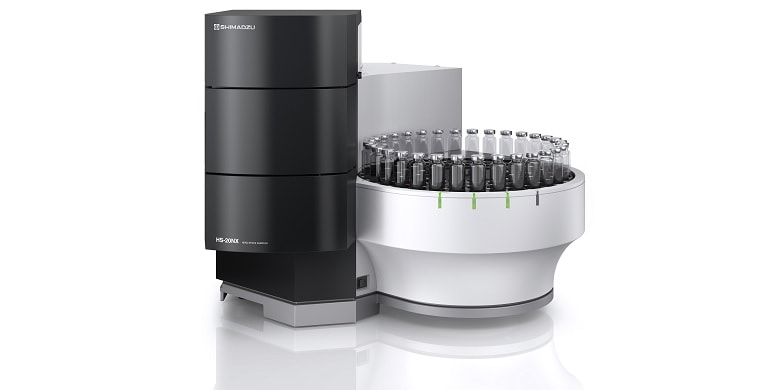
HS-20 NX series
・By using a headspace sampler (HS), acetaldehyde and limonene in plastic can be measured without dissolving the plastic in solvent. ・Using an HS-GC/MS system, target components that are otherwise difficult to identify due to high contaminant levels can be analyzed qualitatively and quantitatively. ・Using an HS-20 NX unit, low to medium-boiling point components can be analyzed with high sensitivity.
One environmental problem threatening the Earth is plastic waste. Packaging waste accounts for 20 to 30 percent of household waste by weight and 60 % by volume. In particular, due to the lightweight and durability of polyethylene terephthalate (PET), which is widely used for beverage bottles and various other containers, various methods for reusing PET are being considered. In Japan, 96.7 % of PET bottles are collected and 88.5 % are recycled, on the other hand, only about 40 % are recycled in Europe and about 20 % in the United States. For recycling PET, recycling companies in Japan have been implementing their own quality measurements. One example is a method based on using a gas chromatograph mass spectrometer (GC-MS) system. Gas chromatograph mass spectrometer (GC-MS) systems can be used to identify component peaks for qualitative and quantitative analysis of target substances, even for samples that contain many contaminants that make identification difficult. It is known that acetaldehyde can easily remain in PET containers that contain water beverages, and limonene that contains citrus-based beverages. This article describes an example of using a GCMS-QP™2020 NX system with an HS-20 NX unit for qualitative and quantitative analysis of acetaldehyde and limonene in PET bottles.
August 31, 2022 GMT
Some products may be updated to newer models